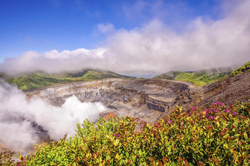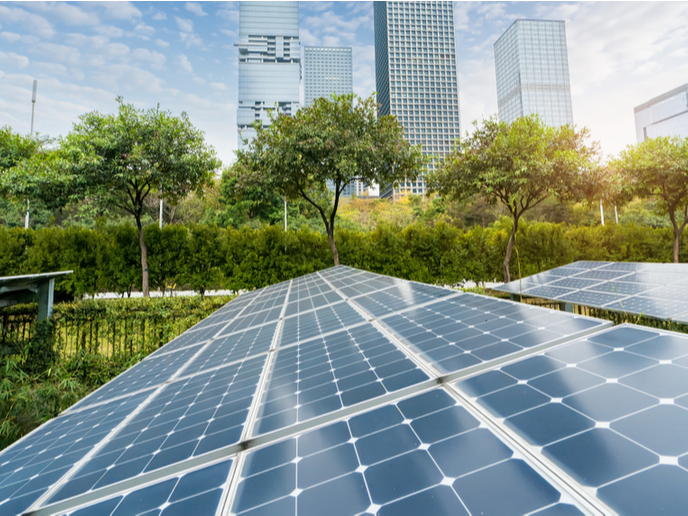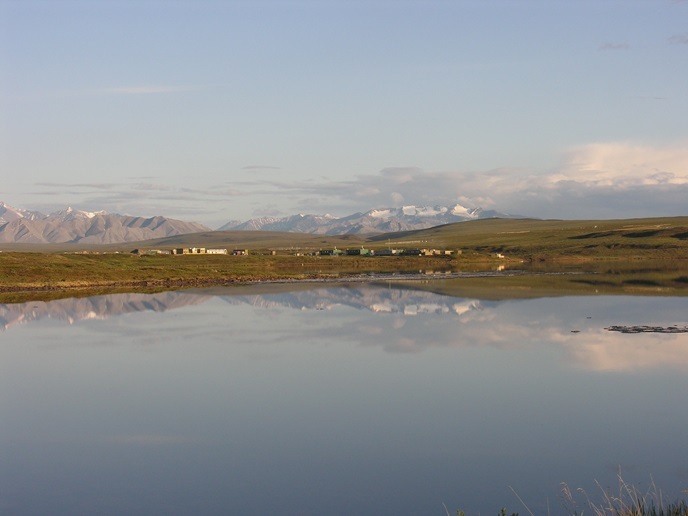Rethinking how much CO2 plants can handle
Since CO2 is a key component of photosynthesis, scientists have been studying the effects of elevated CO2 levels on modern plants for many years. To date, most plants appear to have CO2 thresholds beyond which the plants physically cannot cope and photosynthesis is compromised. Such results do not bode well for modern plants in light of ongoing climate change. Researchers working in Italy, however, noticed that local plants seemed well-adapted for life in CO2-rich areas near volcano vents. As a result, EU funding was used to design PROJECT PEA(opens in new window) to compare the differences between these high-CO2–tolerant plants and those previously studied. PROJECT PEA also evaluated how the physiology of modern plants adapted to high CO2 levels compares with the physiology of plant fossils from prehistoric eras known to have elevated levels of CO2. The results are groundbreaking — both modern and fossilised plants demonstrate explicit capability for evolving coping mechanisms for dealing with elevated CO2 levels. PROJECT PEA researchers maintain that overlooking these plants, which have evolved to thrive in CO2-rich environments, means existing models predicting how crops and wild plant biodiversity will be affected by future climate change are erroneous. Team researchers recommended incorporating data from long-term research projects that are testing plant responses to elevated CO2 levels in future models. In particular, PROJECT PEA found that photosynthetic rates, physiology related to photosynthesis and transpiration rates are all key parameters that differ in plants living in CO2-rich zones. PROJECT PEA demonstrated that modern plants can and do adapt to higher-than-present CO2 levels. Certainly, such evolution does not take place 'overnight'. However, these results will likely lead to further research, and improve atmosphere–biosphere models dealing with climate, vegetation and carbon sequestration. Such studies will ensure Europe's policymakers are better equipped to make climate change-related management and mitigation decisions.







